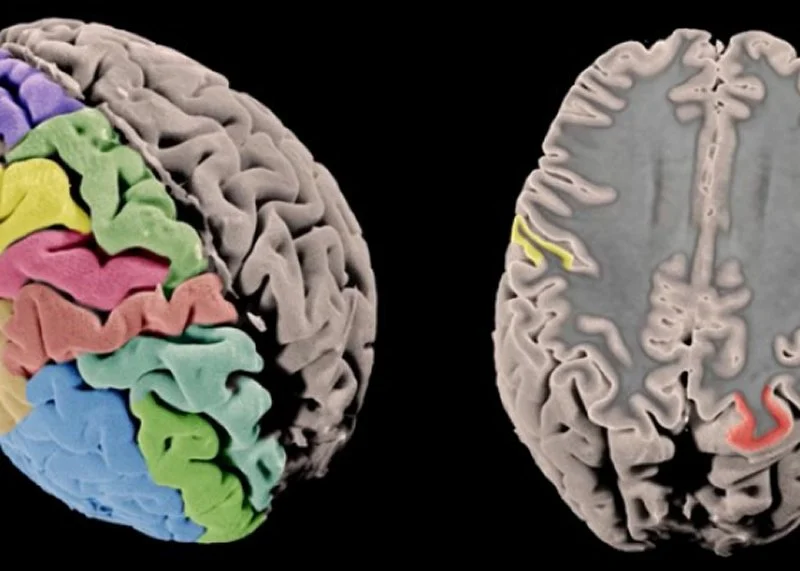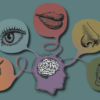Russian and American researchers found that the volume of gray matter and the degree of gyrification in the temporal and frontal lobes of the cerebral cortex are related to language impairment in children with Autism Spectrum Disorder (ASD). The study’s results have been published in a paper in the journal Scientific Reports.
The proper functioning of these areas is essential for language. Children with autism may benefit from specialized educational programs if teachers have a better grasp on the underlying structural characteristics that cause behavioral deficits.
The correlation between structural brain abnormalities and language impairment in children with ASD has been studied by researchers at HSE University, the Moscow State University of Psychology and Education, and the Seattle Children’s Research Institute.
Thirty-six school-aged children, including 18 with autism spectrum disorder and 18 age- and sex-matched typically developing controls (13 boys in each group), participated in the study. Each child had a structural MRI of their entire brain taken, and their linguistic aptitude was evaluated with a battery of behavioral tests.
White matter and gray matter volume, cerebrospinal fluid volume, gyrus depth, and gray matter thickness in different regions of the brain can all be assessed with structural MRI. White matter is made up of bundles of axons, which are connections between neurons, and is surrounded by a protective fatty substance called myelin.
No significant differences in white matter volume were found between the group of children with ASD and the control group of typically developing children, as measured by structural MRI. In contrast, cortical gyrification and gray matter thickness were both significantly reduced in the ASD group relative to the control group.
Gray matter thickness and gyrification in the frontal and temporal lobes, both of which play a crucial role in speech production, were found to be significantly correlated with the children’s language abilities. Since children with ASD and typically developing controls were found to have different amounts of gray matter, this finding suggests that the mechanism of growth of nerve cell bodies, as opposed to their connections, may be disrupted in children with ASD.
Less gray matter in areas related to language was associated with more severe language impairments in children with ASD. The severity of autistic traits was also found to be proportional to the degree of gyrification, as found by the researchers.


